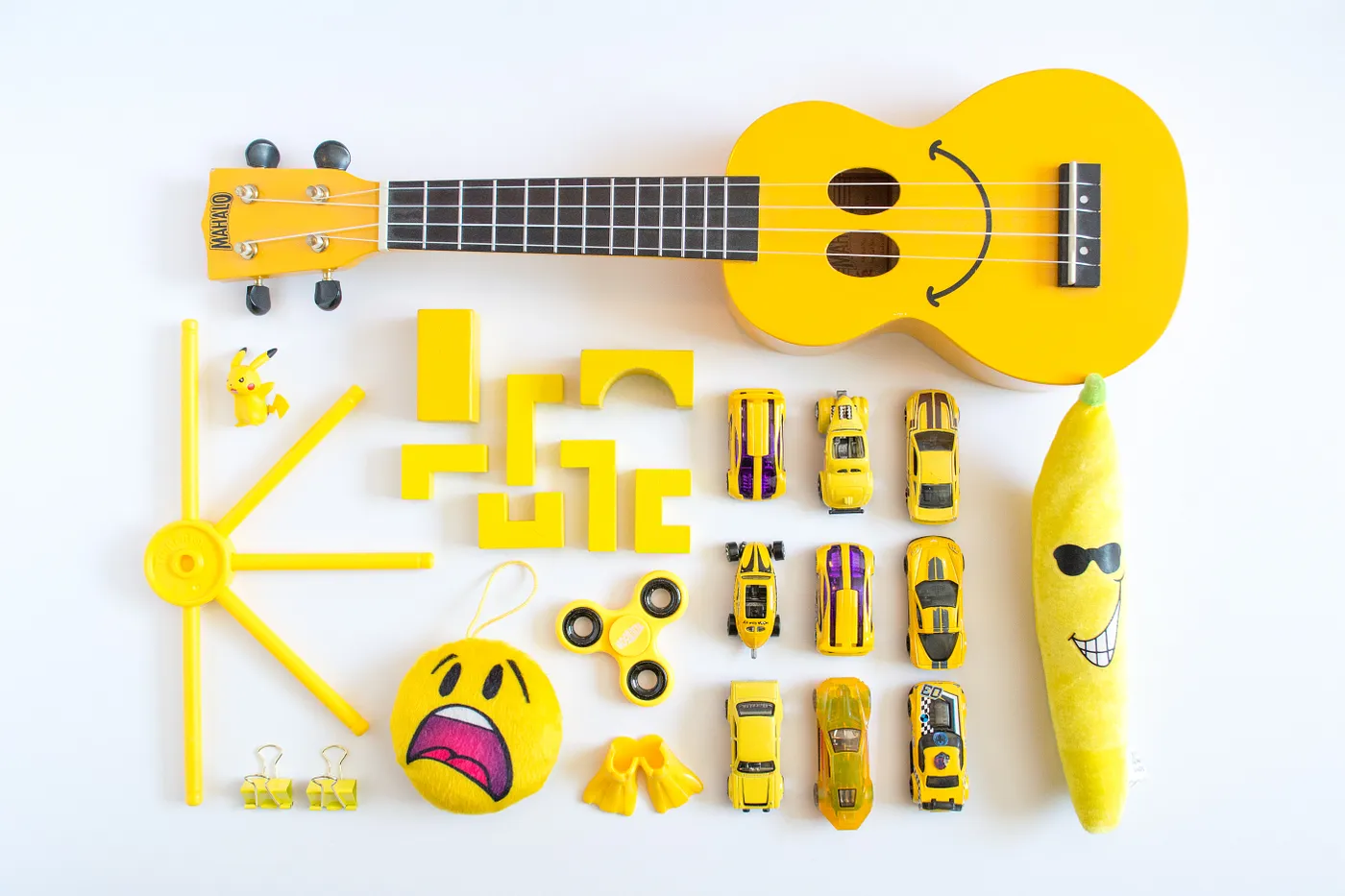Recently, Snapchat released a new feature where AI developers can “easily” integrate their own custom models—one of which is the ability to classify single objects in order to trigger fun and immersive AR effects. We’ll cover this ML task in this article.
Lens Studio, an augmented reality creativity suite released by Snapchat in 2017, gives users the opportunity to create their own augmented reality (AR) Lenses.
Continue reading “Create a Custom AI-Powered Snapchat Lens with Fritz AI Studio”








